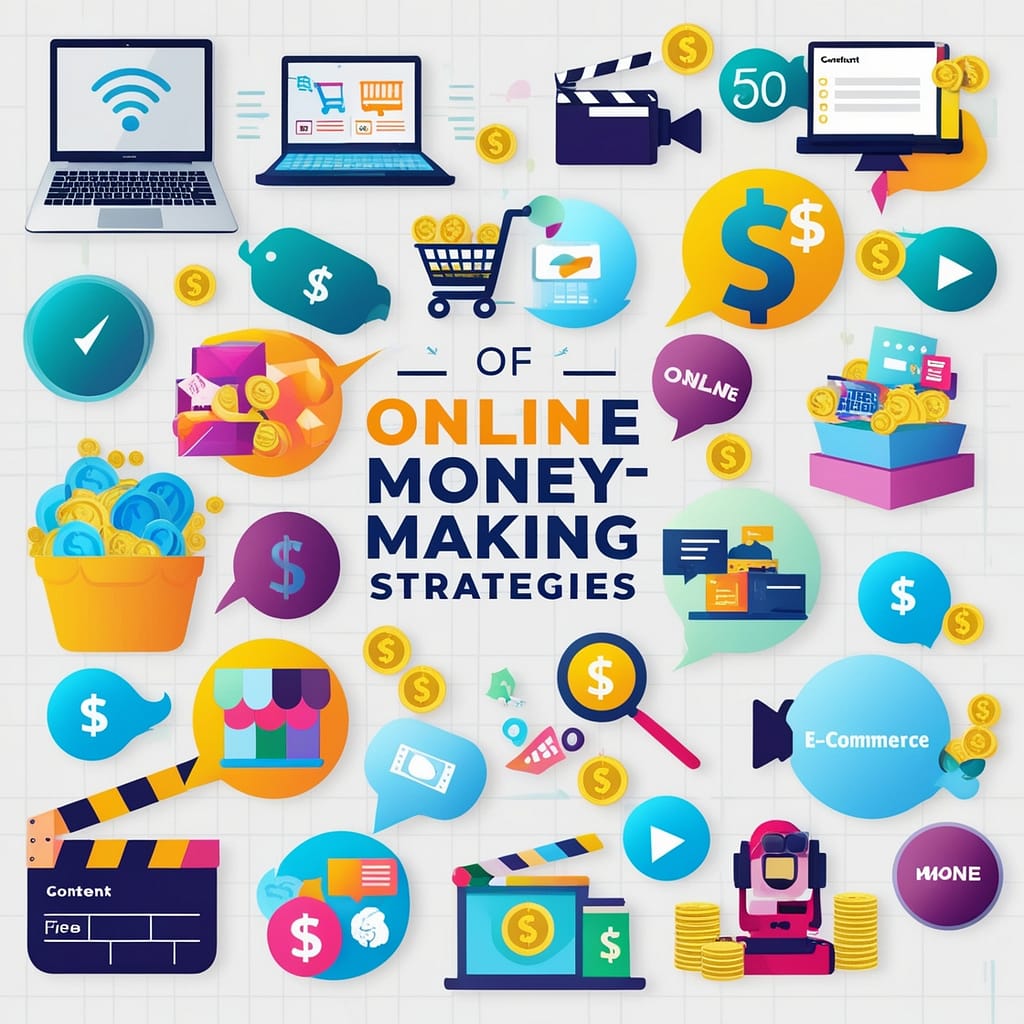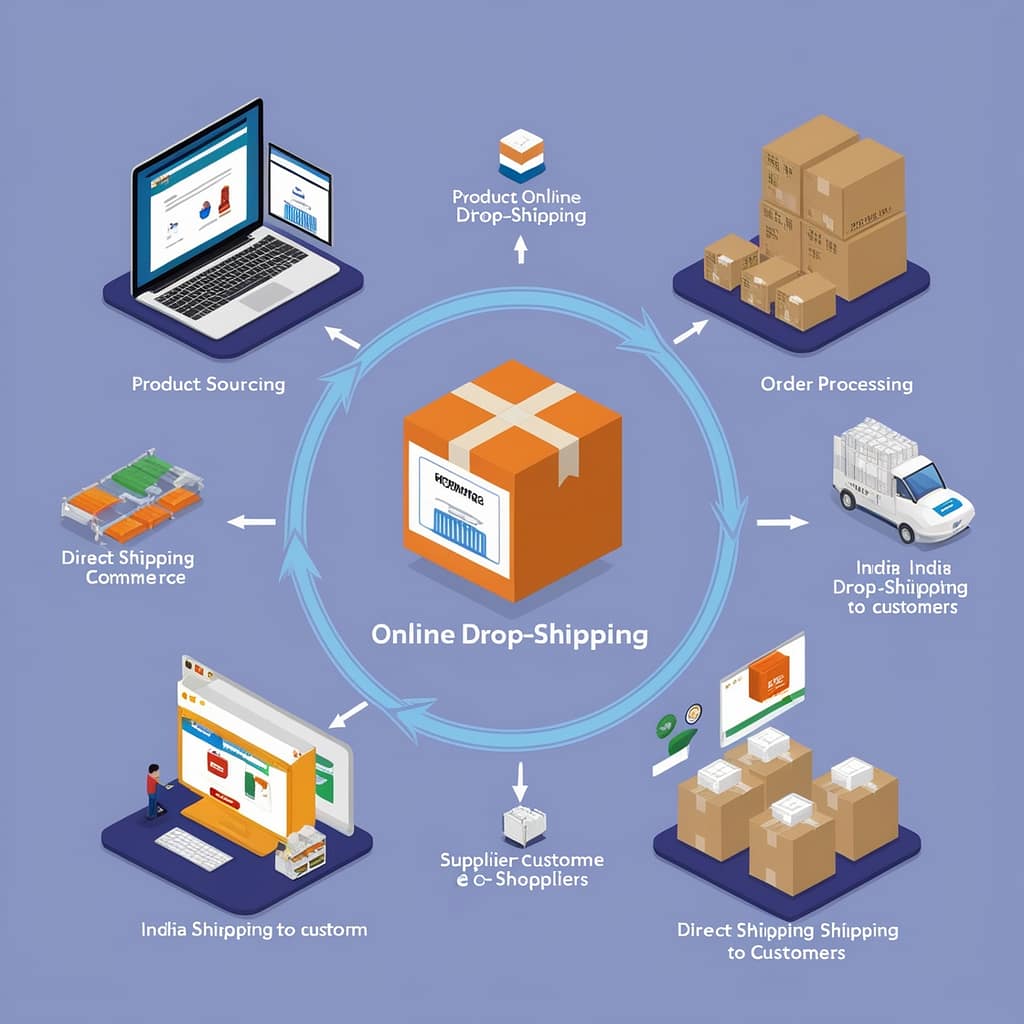
Introduction to Selling Digital Products
Selling Digital Products has become one of the most popular ways to generate income online. Whether you’re a creative artist, a knowledgeable professional, or a budding entrepreneur, digital products offer endless opportunities to monetize your skills and expertise. Unlike physical products, they require no inventory, shipping, or storage, making them a highly scalable and cost-effective business model.
If you’re a beginner, diving into this world might feel overwhelming, but don’t worry. This guide breaks down everything you need to know—step by step—to start and succeed in the lucrative market of selling digital products. Get ready to turn your ideas into income and take the first steps toward building a thriving online business!
Table of Contents
What Are Digital Products?
Digital products are intangible assets or media delivered electronically. Think eBooks, online courses, templates, or even music tracks. They’re products that don’t need inventory or shipping, making them a cost-effective way to sell value.
Why Sell Digital Products?
Selling digital products is like planting a money tree. Once created, they can be sold repeatedly without additional costs. Plus, with a growing digital economy, people are hungry for solutions they can access instantly.
Choosing the Right Digital Product to Sell
Popular Types of Digital Products
From eBooks to design templates, there’s a vast range of options:
- Courses and Tutorials: Teach what you know.
- Printable Planners: Help people organize their lives.
- Music and Stock Photos: Serve creative markets.
How to Identify Your Niche
Start with your passion and expertise. Are you a design wizard? Create templates. Love writing? eBooks could be your thing. Research market demand to ensure your product solves a problem.
Researching Your Target Audience
Why Audience Research Matters
Understanding your audience is like having a GPS for your business. You need to know their pain points, interests, and what they’re willing to pay for.
Tools for Understanding Your Market
- Google Trends for spotting trends.
- Social media polls for direct feedback.
- Audience insight tools like Facebook Audience Insights.
Creating Your Digital Product
Tools for Product Creation
- Canva for graphics and templates.
- Teachable for online courses.
- Scrivener for writing eBooks.
Designing for Quality
Remember, your digital product is your brand ambassador. Focus on high-quality design and usability. Test your product to ensure it delivers value.
Setting Up Your Online Store
Choosing the Right Platform
Platforms like Gumroad, Shopify, and Etsy are popular for selling digital products. Choose one based on features, ease of use, and transaction fees.
Payment Gateways and Transaction Security
Ensure secure payment options like PayPal or Stripe. Security builds trust with customers.
Pricing Strategies for Digital Products
Value-Based Pricing
Charge based on the value you’re offering, not the time spent creating. Higher value often justifies a higher price.
Offering Discounts and Bundles
Everyone loves a deal! Bundle related products or offer limited-time discounts to encourage sales.
Marketing Your Digital Products
Leveraging Social Media
Platforms like Instagram and TikTok can make your product go viral. Use engaging visuals and storytelling to grab attention.
Using Email Marketing
Build an email list to nurture relationships. Send updates, discounts, and value-packed newsletters to keep your audience engaged.
Search Engine Optimization (SEO) for Digital Products
Keyword Research
Identify terms your audience is searching for using tools like SEMrush or Ahrefs. Incorporate these keywords naturally in your content.
Creating Optimized Product Pages
Ensure product descriptions are detailed, include keywords, and address customer pain points. Use quality images and videos.
Leveraging Content Marketing
Blogging for Product Awareness
Write helpful articles related to your product. For example, if you sell design templates, write posts about “Top Design Tips for Beginners.”
Collaborations and Guest Posts
Partner with influencers or guest posts on popular blogs in your niche to reach a wider audience.
Building Trust and Credibility
Customer Reviews and Testimonials
Social proof is a game-changer. Ask happy customers for reviews and display them prominently.
Offering a Money-Back Guarantee
This eliminates purchase hesitation and shows confidence in your product.
Handling Customer Support
Setting Up a Help Desk
A dedicated help desk ensures customers feel heard. Tools like Zendesk make this easy.
Responding to Feedback
Use feedback to improve your products. Listening to customers creates loyalty.
Scaling Your Digital Product Business
Expanding Your Product Line
Once you’ve nailed one product, diversify. Add complementary items to increase sales.
Automating Sales and Marketing
Tools like Zapier and HubSpot can help you streamline marketing efforts and sales.
Tracking and Analyzing Performance
Using Analytics Tools
Google Analytics and Hotjar can reveal what’s working and what isn’t.
Adjusting Strategies Based on Data
Use insights to tweak your marketing, pricing, and even product features.
Legal and Copyright Considerations
Understanding Digital Product Licenses
Be clear on what buyers can and cannot do with your product. This avoids legal issues.
Protecting Your Intellectual Property
Use watermarks, licensing agreements, and anti-piracy tools to safeguard your creations.
Common Mistakes to Avoid
Pricing Too High or Too Low
Strike a balance between affordability and value.
Neglecting Customer Experience
A poor user experience can kill your business.
Conclusion
Selling digital products is not just a trend; it’s a lucrative business opportunity that offers unlimited growth potential. Whether you’re creating eBooks, online courses, templates, or any other type of digital asset, the key to success lies in understanding your audience, delivering high-quality products, and implementing effective marketing strategies. By following this guide, you’ll be equipped to build a thriving business in the world of digital sales.
Remember, the beauty of digital products is their scalability. Once created, they can be sold repeatedly with minimal overhead. From selecting the right digital platform to optimizing your product listings for SEO, every step you take will contribute to your business growth. With consistency, creativity, and smart strategies, you’ll be well on your way to earning passive income and achieving financial freedom.
If you’re ready to dive in, start small, learn from your experiences, and continuously improve. The journey may require effort, but the rewards are worth it.
FAQs
1. What are the most profitable digital products to sell?
Courses, templates, and software tend to be highly profitable.
2. How much does it cost to create a digital product?
Costs vary but can range from free (using free tools) to a few hundred dollars for premium software.
3. Do I need a website to sell digital products?
Not necessarily, but having one adds credibility and helps with branding.
4. How can I protect my digital products from piracy?
Use digital rights management (DRM) tools and licensing agreements.
5. What tools are essential for selling digital products?
Platforms like Gumroad, tools like Canva for design, and Google Analytics for tracking are essential.
You Might Like These Posts Also
- Profitable Blog Niches to Start in 2025 for Maximum Earnings
- Top Freelance Platforms for Beginners to Earn Money This Year 2025!

